The Ultimate Guide to Cantilever Racking for Warehouse Storage
Discover the ultimate cantilever racking guide for optimising warehouse storage. Improve efficiency, save space, and improve organisation today.
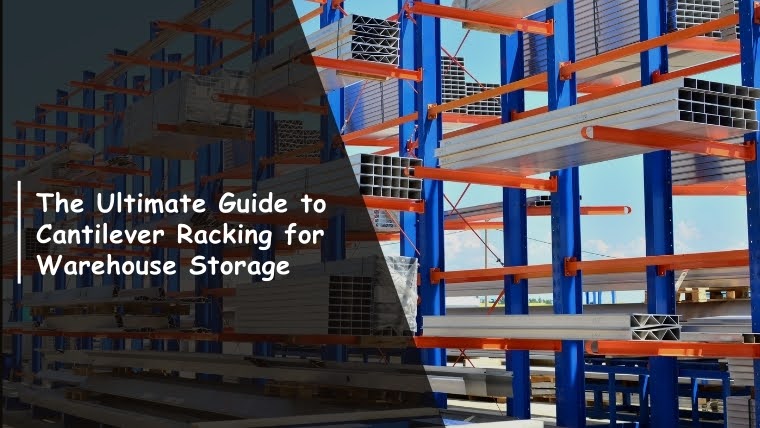
Discover the ultimate cantilever racking guide for optimising warehouse storage. Improve efficiency, save space, and improve organisation today.

Have you ever struggled with storing long, bulky items and felt your warehouse space was constantly wasted?
Cantilever racking solves this challenge by offering an efficient system that accommodates heavy, irregular materials without unnecessary floor congestion. The market is projected to reach USD 990.4 million by 2031, growing at a CAGR of 8.9% from 2024 to 2031. This rapid growth shows businesses like yours are actively choosing smarter storage solutions to strengthen warehouse efficiency.
Selecting the right system goes beyond organisation; it directly impacts safety, accessibility, and cost-effectiveness. Many companies overlook these critical aspects, losing significant resources through inefficient layouts. Cantilever racking minimises operational risks while simplifying inventory handling, which saves time and ensures long-term reliability.
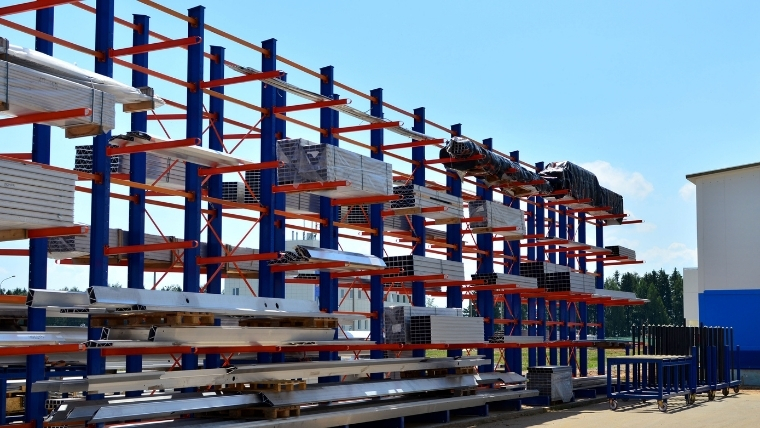
Cantilever racking is a specialised storage system designed for businesses handling oversized, heavy, or awkwardly shaped items efficiently. Unlike traditional shelving, it uses arms extending from upright columns, eliminating vertical obstructions and maximising horizontal storage capacity. This design resolves common frustrations of wasted space and difficult access when storing pipes, timber, steel bars, or sheet materials. If your warehouse struggles with bulky stock management, cantilever racking offers a practical solution that saves space, time, and effort.
Next, let's take a closer look at how cantilever racking can directly benefit your warehouse operations, especially in terms of space and accessibility.
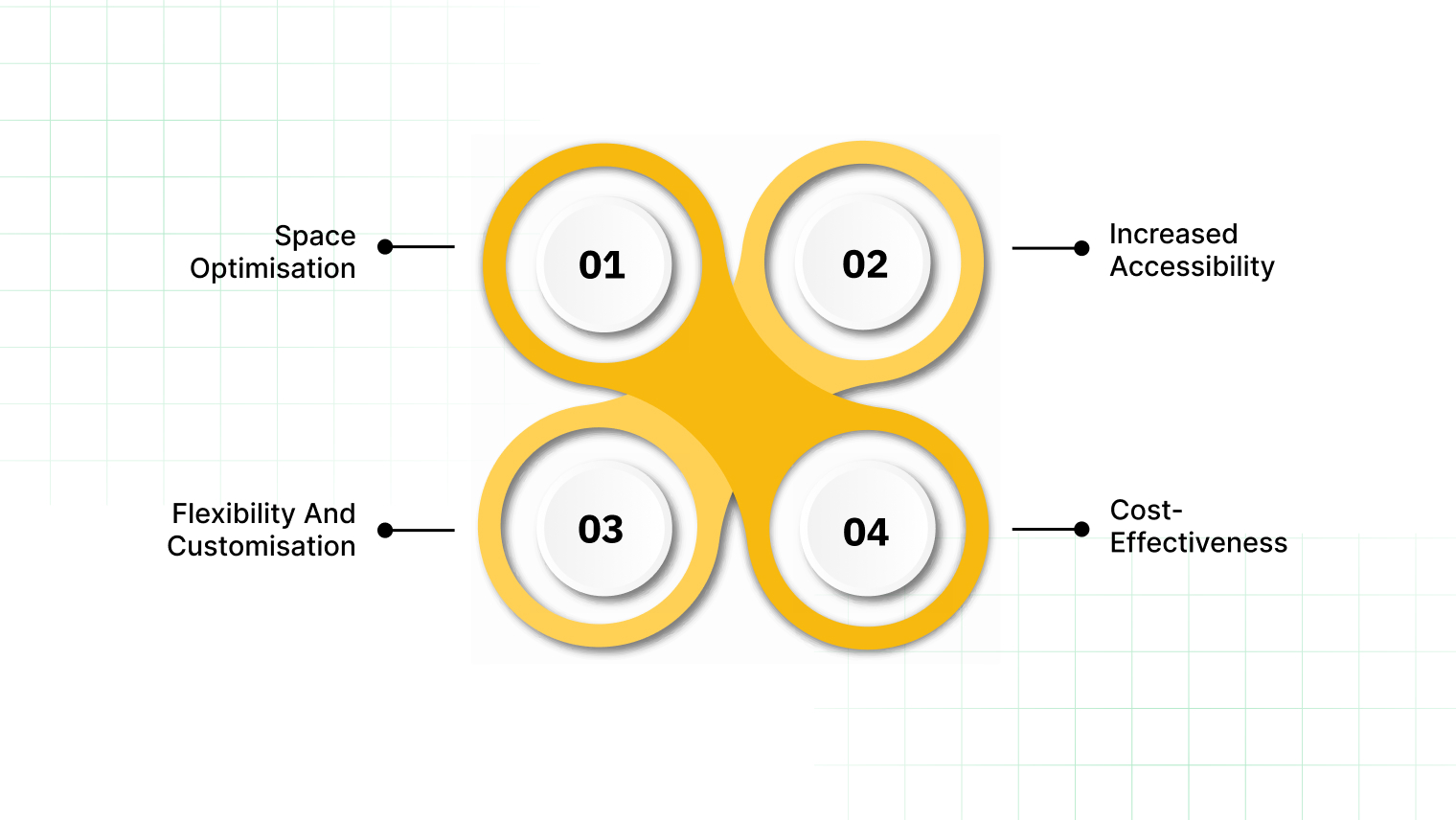
Here are the major benefits of cantilever racking systems, explained with a specific focus on Indian warehouse requirements:
In the next section, we'll break down the different types of cantilever racks and explore how each can be tailored to your specific storage needs.
Also Read: Cantilever Racks Systems: Maximize Your Storage Efficiency

Warehouse managers across India often struggle with floor space shortages, awkward long products, and inefficiencies from poor storage layouts. The right cantilever racking guide helps you overcome these issues by matching rack types to your operational challenges.
Here are the different types of cantilever racks explained with examples of how they solve everyday warehouse problems:
Single-sided racks allow installation along warehouse walls, which prevents wasted space and helps maximise valuable central movement areas. With these racks, your staff can store timber, steel rods, or pipes neatly without blocking essential forklift access. This system reduces handling delays and prevents workplace slowdowns, ensuring your inventory flows smoothly during peak warehouse operations.
Double-sided racks provide storage access on both sides, which is perfect for central aisles in medium-to-large Indian warehouses. By doubling the capacity in the same footprint, your facility avoids unnecessary expansion or leasing additional storage properties. This option directly reduces operational costs while increasing efficiency, giving your workforce easier access to bulky or irregularly shaped items.
Adjustable racks address the pain of inconsistent inventory sizes by allowing arm levels to be customised whenever your needs change. Warehouses storing seasonal goods or varying materials gain flexibility without replacing racks, saving both time and investment. This adaptability ensures your storage always fits changing product demands, keeping your warehouse organised and cost-efficient long term.
Mobile racks sit on movable bases, which helps overcome the biggest problem of space shortage in Indian urban warehouses. With these racks, your team can create temporary aisles when needed, maximising every square foot effectively. This feature prevents permanent aisle blockages and delivers space-saving storage solutions where high real estate costs make expansion difficult.
Expanda Stand’s cantilever racking systems are engineered for heavy-duty performance and layout optimisation tailored to diverse warehouse environments.
Let's move ahead and examine some important design considerations to keep in mind when planning your racking system to ensure it works seamlessly with your warehouse layout.
Also Read: Guide to Warehouse Storage Pallet Types and Uses

Designing a cantilever racking system for your warehouse requires careful planning to balance efficiency, safety, and cost-effectiveness. The right design ensures available space is maximised while protecting staff from risks and supporting future operational growth.
Here are the key factors you must consider when designing racks for your warehouse operations:
Effective use of space prevents wasted square footage and keeps aisles wide enough for forklifts to move safely. A poor layout often leads to congestion, accidents, and inefficiencies, increasing operational costs unnecessarily.
Here are the critical considerations for handling space limitations and aisle width effectively:
Understanding load capacity prevents accidents and protects your investment, ensuring racks can safely handle the weight of stored materials. Exceeding weight limits often leads to dangerous collapses, unnecessary product damage, and unplanned downtime.
Here are the important load capacity considerations for your cantilever racking layout:
Warehouses constantly evolve, so racks must be designed with flexibility to accommodate changing product dimensions and inventory levels. Lack of adaptability often leads to costly replacements or underutilised storage space.
Here are the design strategies to ensure long-term flexibility in your warehouse:
Expanda Stand’s modular and adjustable cantilever racking systems are engineered for this demand: their customizable arms and scalable design simplify layout changes and match evolving inventory needs across industries.
An ergonomic layout reduces employee fatigue, prevents injuries, and improves productivity by making stored items more accessible and manageable. Poor ergonomics often cause high turnover, increased sick leave, and unnecessary labour inefficiencies.
Here are the essential warehouse racking design tips to improve efficiency and ergonomics:
Now, let’s discuss how to choose the right materials and components to ensure your racking system stands the test of time.
Also Read: Types of Warehouse Storage Systems and Solutions

Strong materials and reliable components are essential for building a cantilever rack that lasts in demanding warehouse environments. Using durable options helps you avoid costly repairs, downtime, and safety risks that disrupt your daily operations.
Here are the main factors to evaluate when selecting materials for your cantilever racking system:
High-grade steel columns, heavy-gauge arms, beams, and braces create a strong structure that supports long, heavy goods safely. Choosing quality materials prevents bending or collapse, reducing risks to both inventory and your team’s safety. For instance, Expanda Stand’s heavy-duty cantilever racks use advanced steel constructions that withstand rigorous warehouse operations.
Steel exposed to moisture or harsh warehouse environments may corrode quickly, compromising rack integrity and safety. Using corrosion-resistant materials ensures lasting strength and reduces maintenance costs over time. Expanda Stand’s corrosion-resistant storage racks feature fine finishes and durable construction, providing reliable long-term value.
Protective coatings extend rack life by shielding steel surfaces from wear, scratches, and environmental damage. Galvanized coatings resist corrosion well in humid or outdoor conditions, while powder-coated finishes provide a durable surface for indoor use. Deciding between them depends on your storage environment, budget constraints, and long-term performance requirements.
Up next, we’ll look into the essential task of calculating load capacity, which ensures that your racks are safe and suitable for your specific inventory.
Also read: Is a Steel Rack Worth It? Here’s What Experts Say!

Safe storage depends on knowing exactly how much weight cantilever racking systems can handle without risk of collapse. Miscalculating load capacity leads to damaged stock, higher replacement costs, and serious safety risks for warehouse teams.
Here are the key things to consider when calculating load capacity:
Arm load capacity shows the maximum weight each horizontal arm can safely hold without bending or breaking under pressure. Column load capacity refers to how much total weight the vertical post can support when multiple arms are loaded. Ignoring these figures creates safety hazards, so knowing them protects your goods and ensures your racking lasts longer.
The total weight capacity equals the combined strength of all arms supported by one column in the racking system. Dividing heavy items evenly across multiple arms avoids overloading one side, which could weaken the rack’s stability. Accurate rack weight calculation helps avoid dangerous collapses and keeps your warehouse running without costly interruptions or accidents.
A safety buffer of 25% above your calculated weight ensures racks can handle unexpected loads or uneven distribution safely. This margin protects against mistakes in load estimates, giving peace of mind while extending the life of your racking. Many businesses trust Expanda Stand cantilever racking systems because they are designed with built-in safety and durability in mind.
With load capacities covered, let’s take a look at OSHA standards and compliance, ensuring your cantilever racking system meets all safety regulations.
Also Read: Attractive 6 Key Benefits of Racks for the Storage Industry
Meeting OSHA standards is essential to protect warehouse employees while reducing risks of costly penalties or equipment failures. Cantilever racking compliance also improves operational efficiency by ensuring racks are built, installed, and maintained according to safe industry practices.
Here are the key OSHA standards and compliance factors to consider for cantilever racking systems:
In the next section, we'll consider the specific industries that can benefit from cantilever racking and how different sectors utilize these systems to solve common storage problems.

Cantilever racks adapt to different industries by solving the challenge of storing long, bulky, or irregularly shaped items efficiently. Choosing the right system helps maximize space, prevent product damage, and keep operations safe and organized.
Here are the main industry-specific applications where cantilever racks deliver strong results:
Heavy industries face constant struggles storing steel beams, wooden planks, and metal rods without bending or damaging them. Cantilever racks provide open-front access, making it easier to load and unload materials with forklifts. Expanda Stands supports these needs with industrial storage solutions, cantilever racks, and ensures safe handling of oversized items.
Warehousing bulky items such as timber, furniture, or irregular components often creates challenges that traditional shelving cannot resolve effectively. Cantilever racking systems provide flexibility by adjusting arms to fit large, awkward products without squeezing them into unsafe spaces. This adaptability improves picking efficiency while reducing product damage, helping your warehouse achieve safer and more reliable storage operations.
Retailers and distributors often struggle with inventory ranging from long carpet rolls to mixed merchandise, requiring clear organisation. Cantilever racks maximise vertical space, allowing you to store large or uneven products without restricting floor movement or blocking aisles. With properly installed systems, your distribution centres achieve faster order fulfilment while maintaining compliance with safety and storage standards.
Finally, let's wrap things up by discussing essential maintenance and safety tips to ensure your racking system remains in peak condition throughout its lifespan.
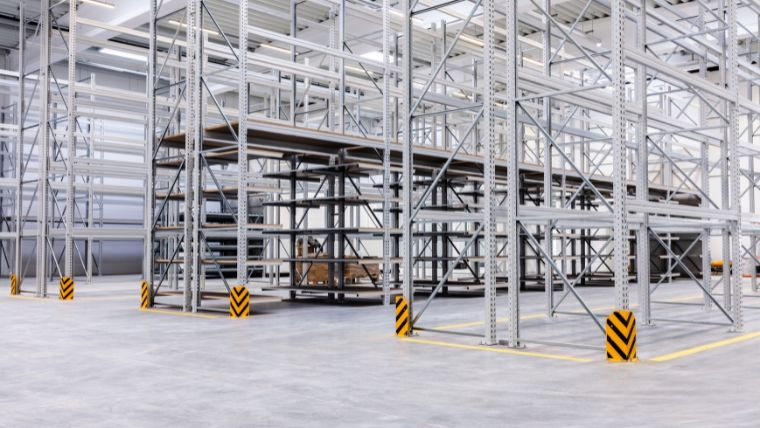
Regular upkeep ensures cantilever racking systems remain safe, durable, and compliant with workplace standards. Proper maintenance also prevents costly downtime and avoids unexpected repair expenses.
Here are essential safety and maintenance tips:
And with that, we’ll conclude by showing you how to take the first steps toward upgrading your warehouse with cantilever racking.
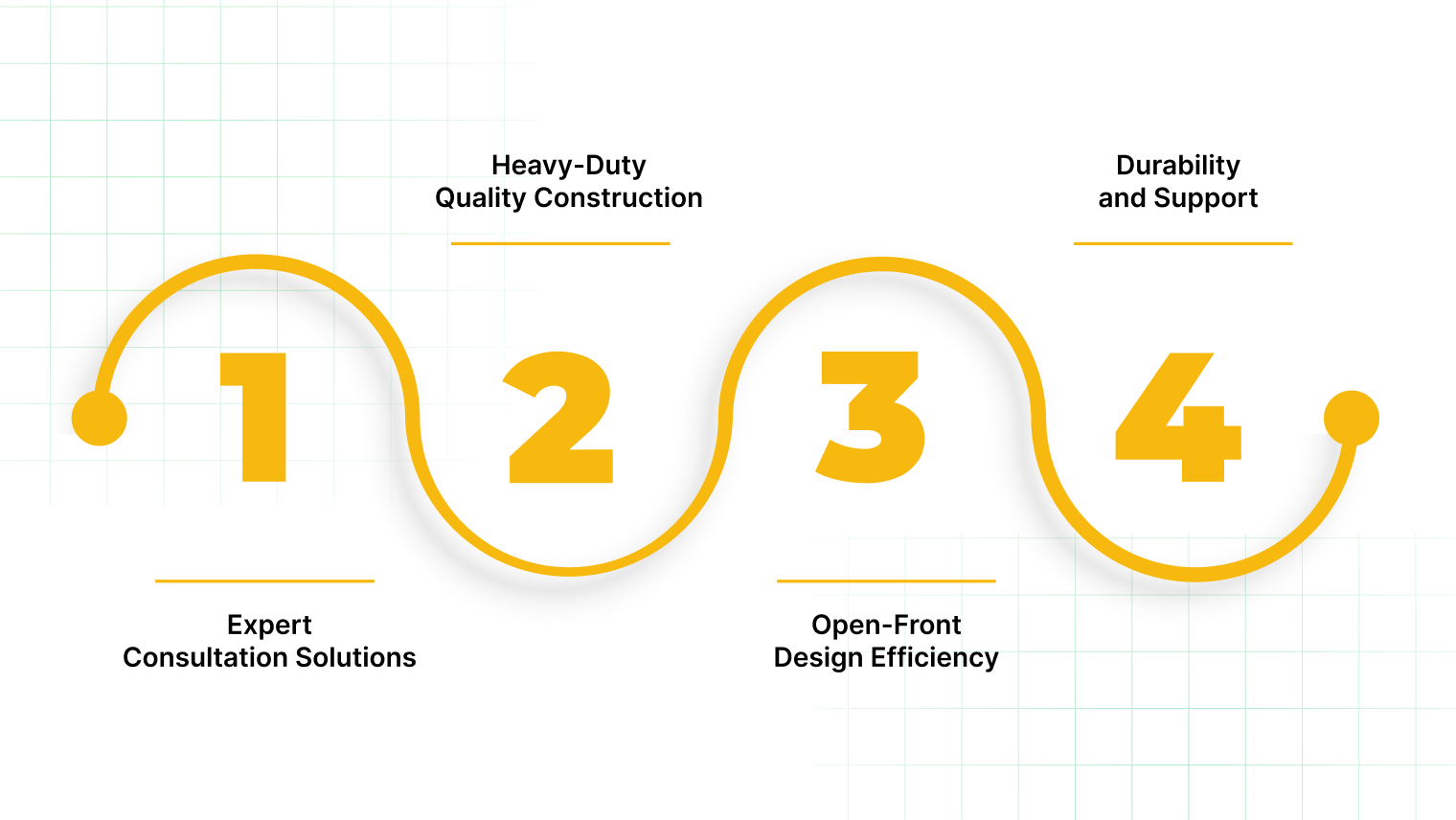
Exceptional storage performance starts with the right partner. Expanda Stand offers heavy-duty cantilever racks tailored for storing long, bulky, or awkward items, designed to maximise space, safety, and durability.
Here’s why choosing Expanda Stand will set your warehouse ahead of the curve:
Cantilever racks provide a versatile storage solution for industries handling long, bulky, or irregular items. Selecting the right materials, calculating load capacity, and following OSHA standards ensures both efficiency and workplace safety. Regular inspections and proper maintenance further extend the lifespan of your racking investment while protecting your workforce.
Expanda Stand delivers cantilever racking systems designed with durability, adaptability, and safety in mind. Their heavy-duty racks and customised solutions have become a trusted choice across construction, logistics, and distribution sectors.

Connect with Expanda Stand today to optimise your storage with a tailored cantilever racking solution.
Calculate the load capacity by considering the arm load (multiply the number of arms by the individual weight) and the column load capacity. Add a 25% safety buffer for fluctuations.
Design by choosing arm types (single or double-sided), calculating arm and column dimensions, and ensuring the base is sturdy. Consider height, load capacity, and aisle space.
OSHA standards require that racking systems must be structurally sound, properly anchored, and regularly inspected for stability and safety to prevent accidents.
A cantilever racking system is a storage solution designed with horizontal load-bearing arms and no vertical uprights, ideal for storing long or irregularly shaped items.
The weight limit depends on the arm and column capacity, but typically, a cantilever rack can support anywhere from 500 to 5,000 pounds per arm, depending on the design.
A disadvantage is the space they require for proper access and safety, especially in narrow aisles, which can reduce storage density compared to other systems.
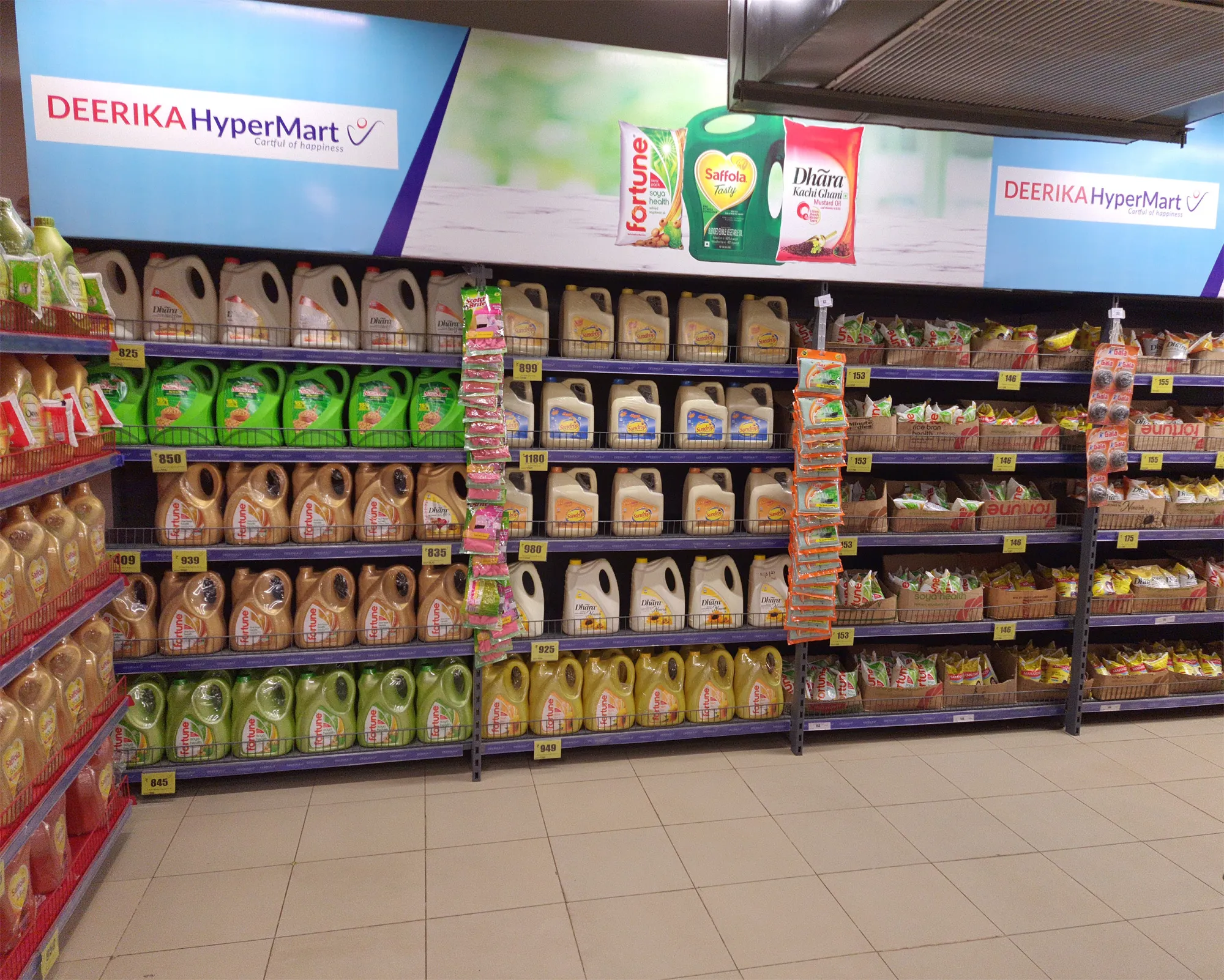



Ready to Upgrade Your Process Operations?